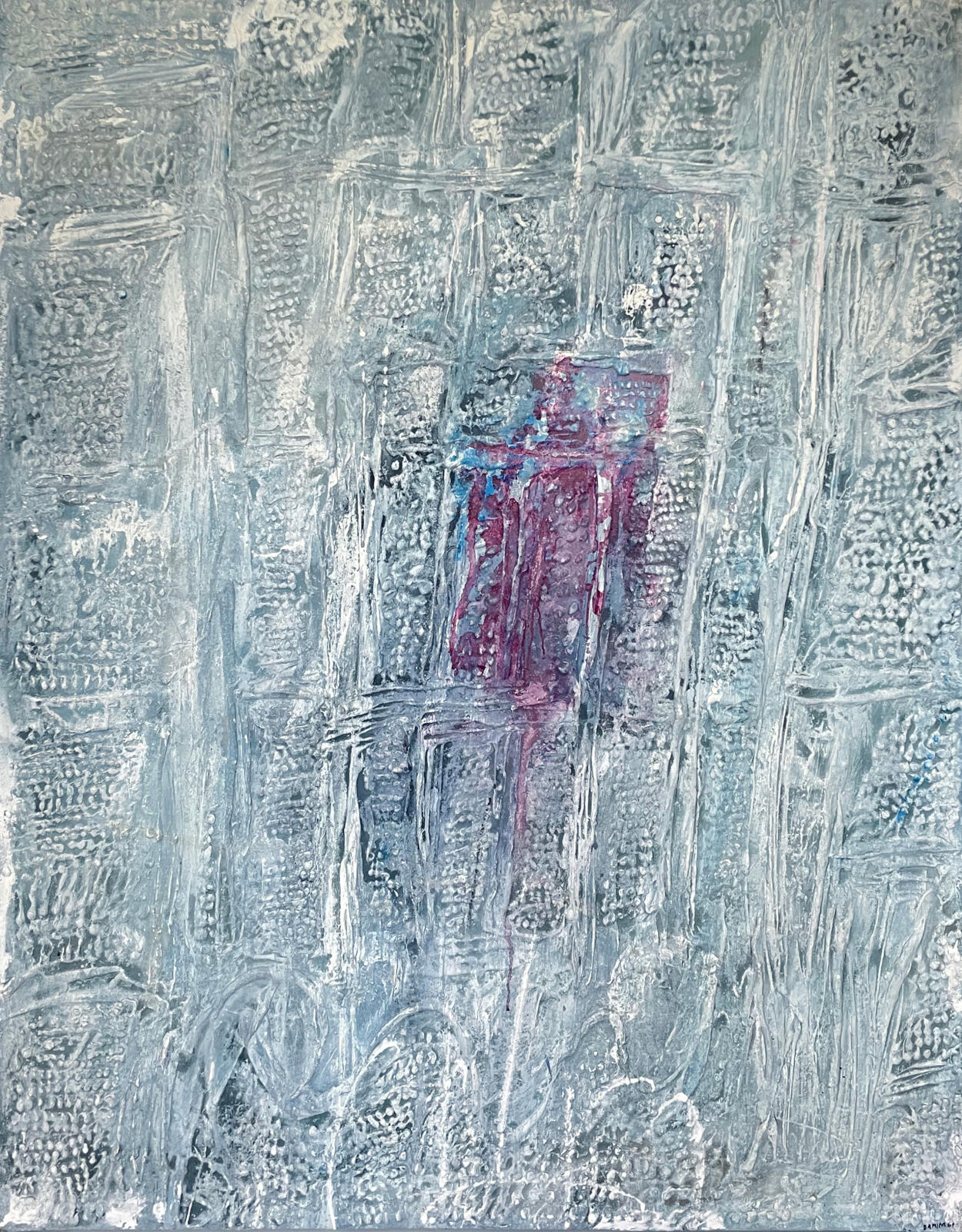Overview
"Damian's work testifies to an ardent desire to spiritualise the act of painting. It does not let itself go or provoke."
—Pierre Restany, Cimaise, 1960
Horia Damian was an important contemporary Romanian painter and sculptor. His geometry is not rigid but is rather sensitive and painterly. Damian felt he was most successful and at his peak when the color he employed was in its glory and was balanced with the geometry. He also had a lifelong interest in the universe and its mysteries. The subtle use of circles, squares, and spheres appeared in his later works as well as in his sculptures especially in The Hill, exhibited at the Solomon R. Guggenheim Museum in 1976. The beauty of these abstractions is their ability to suggest so much.
Exhibitions
Salonul Official de Pictura at Sala Dalles, Bucharest, 1941
Ateneul Roman, Bucharest, 1942 (solo), Anastase Simu Prize for painting.
Galerie Stadler, Paris, 1957, 1964 (solo), 1965 (solo), 1968 (solo), 1970, 1977
Castelli Gallery, New York, 1957
Galleria delle Ariete, Milan, 1959
Michel Warren Gallery, New York, 1960
Galerie du Palais des Beaux Arts, Brussels, 1961
Neue Galerie, Munich, 1962
Cordier-Warren, Inc., New York, 1962
Teatro Museo, Dali, Figueras, Spain, 1969
Stadtisches Museum, Trier, 1970
Musée d' Art Moderne de la Ville de Paris, Early 1970's (solo)
Musée d'Art Moderne de la Ville de Paris, 1972
Stadt Aachen Neue Galerie Sammlung Ludwig, 1974
Meseu de Art Moderna, Rio de Janeiro, 1975
Guggenheim Museum, New York, 1976
Galerie Denise Rene Gallery, New York, 1976
Galerie Stadler, Paris, 1977
Grand Palais, Paris, 1980's
Elisabeth Franck Gallery, Paris, 1986
Kassel Documenta, 1990's
Biennale Venice, 1990's
Erling Nerby Collection, Henie Onstad Art Center, Norway, Høvikodden, 2011
Galerie Plan B Berlin, 2014
Museums and Public Collections
Albright-Knox Art Gallery, Buffalo, New York
Art Institute of Chicago
Carnegie Institute, Pittsburgh, Pennsylvania
Guggenheim Museum, New York
Museo Civico, Turin, Italy
Museum of Modern Art, New York
Sonja Henie and Niels Onstad Museum, Oslo, Norway
Stedelijk Museum, Amsterdam











